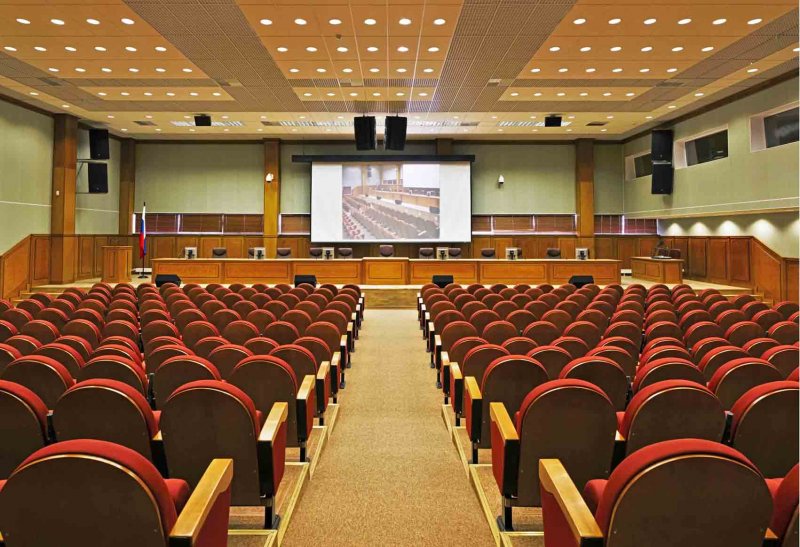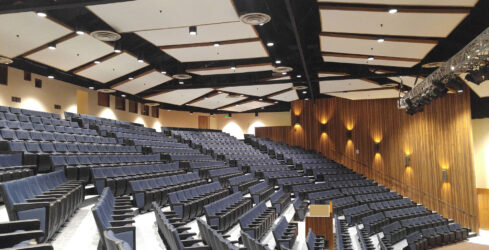Egress IBC Code for Audience Seating for Auditorium, Theater and Stadium Venues
 The following is general information about egress requirements for auditoriums, theaters, and stadiums based on the International Building Code (IBC) of September 2021. However, please note that building codes can vary by jurisdiction, and it’s always important to consult the specific codes and regulations applicable to your location. Additionally, building codes may have been updated so it’s advisable to check for any recent revisions to ensure compliance.
The following is general information about egress requirements for auditoriums, theaters, and stadiums based on the International Building Code (IBC) of September 2021. However, please note that building codes can vary by jurisdiction, and it’s always important to consult the specific codes and regulations applicable to your location. Additionally, building codes may have been updated so it’s advisable to check for any recent revisions to ensure compliance.
Under the IBC, egress requirements for auditoriums, theaters, and stadiums are designed to ensure the safe evacuation of occupants in the event of an emergency. Some key considerations include the following:
- Exit capacity: The IBC specifies the number and size of exits required based on the seating capacity of the venue. It typically provides guidelines on the number of exits, the width of exit doors, and the total exit width required.
- Exit access: The pathways leading to the exits, known as exit access, should be designed to provide clear and unobstructed paths for occupants to reach the exits. This may involve considering the width and number of aisles, the arrangement of seating, and the location of stairways and ramps.
- Exit doors: The IBC outlines requirements for exit doors, including their width, height, swing direction, and hardware. These doors should be readily openable from the inside without the need for keys, special knowledge, or excessive force.
- Exit signage: Proper exit signage is crucial to guide occupants towards the exits. The IBC provides regulations regarding the placement, size, illumination, and visibility of exit signs, ensuring that they are clearly visible and understandable.
- Emergency lighting: In the case of a power failure, emergency lighting should be provided to illuminate the egress paths, exit doors, and exit signs. The IBC specifies requirements for the duration and intensity of emergency lighting.
- Occupant load calculations: The IBC requires an accurate calculation of the maximum number of occupants that the auditorium, theater, or stadium can accommodate. This calculation is used to determine the number and size of exits required.
- Special considerations: Depending on the specific design and occupancy characteristics, there may be additional requirements related to accessibility for people with disabilities, crowd management, fire protection systems, and other safety measures. These may include features like accessible seating areas, assistive listening systems, and fire sprinkler systems.
 It’s important to note that the IBC provides comprehensive guidelines, and additional local or state codes may also apply. It is recommended to consult the specific codes and regulations adopted in your jurisdiction and involve a qualified design professional or architect familiar with local building codes and regulations.
It’s important to note that the IBC provides comprehensive guidelines, and additional local or state codes may also apply. It is recommended to consult the specific codes and regulations adopted in your jurisdiction and involve a qualified design professional or architect familiar with local building codes and regulations.
Please remember to verify the latest requirements and consult the relevant authorities to ensure accurate and up-to-date information for your specific project.






